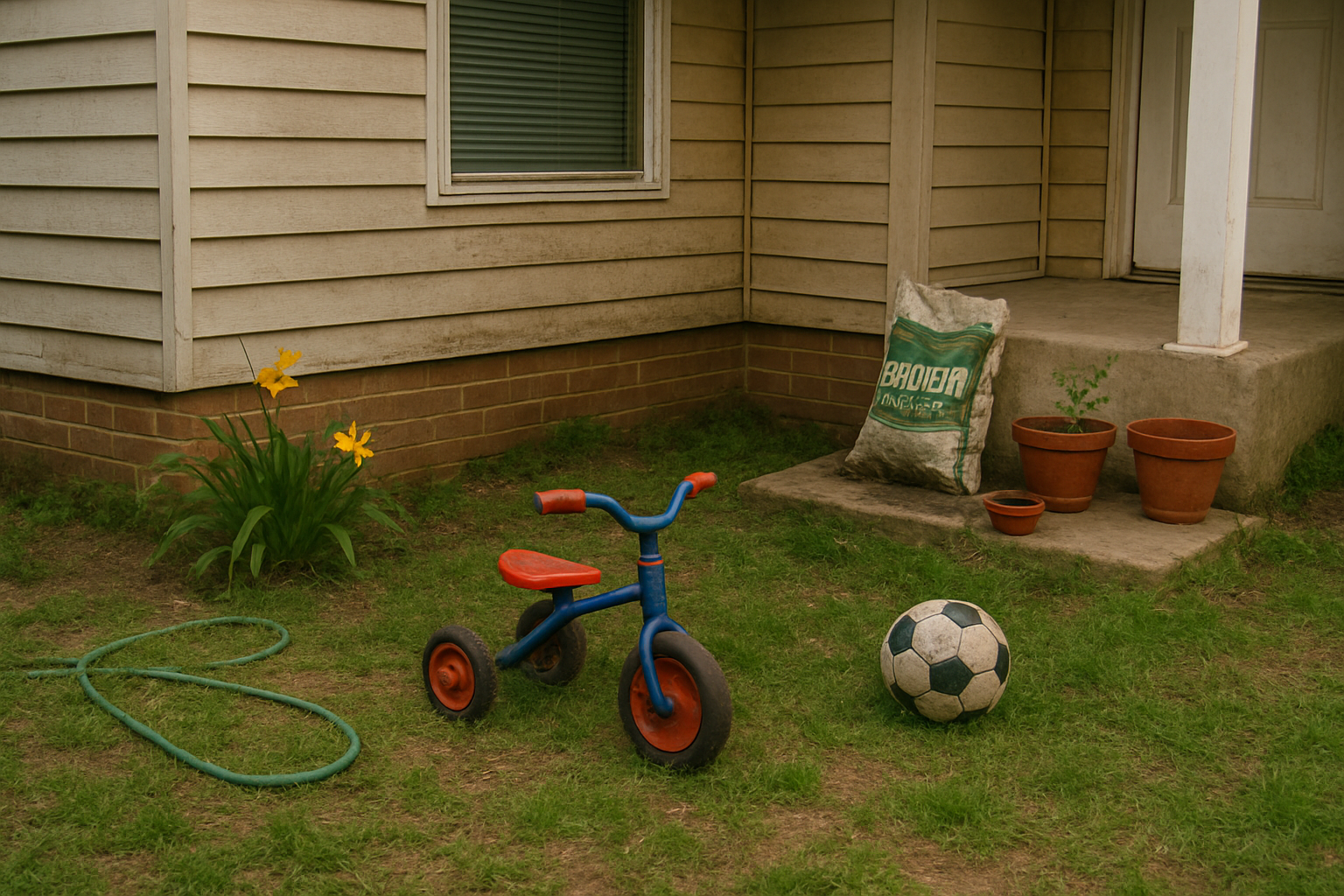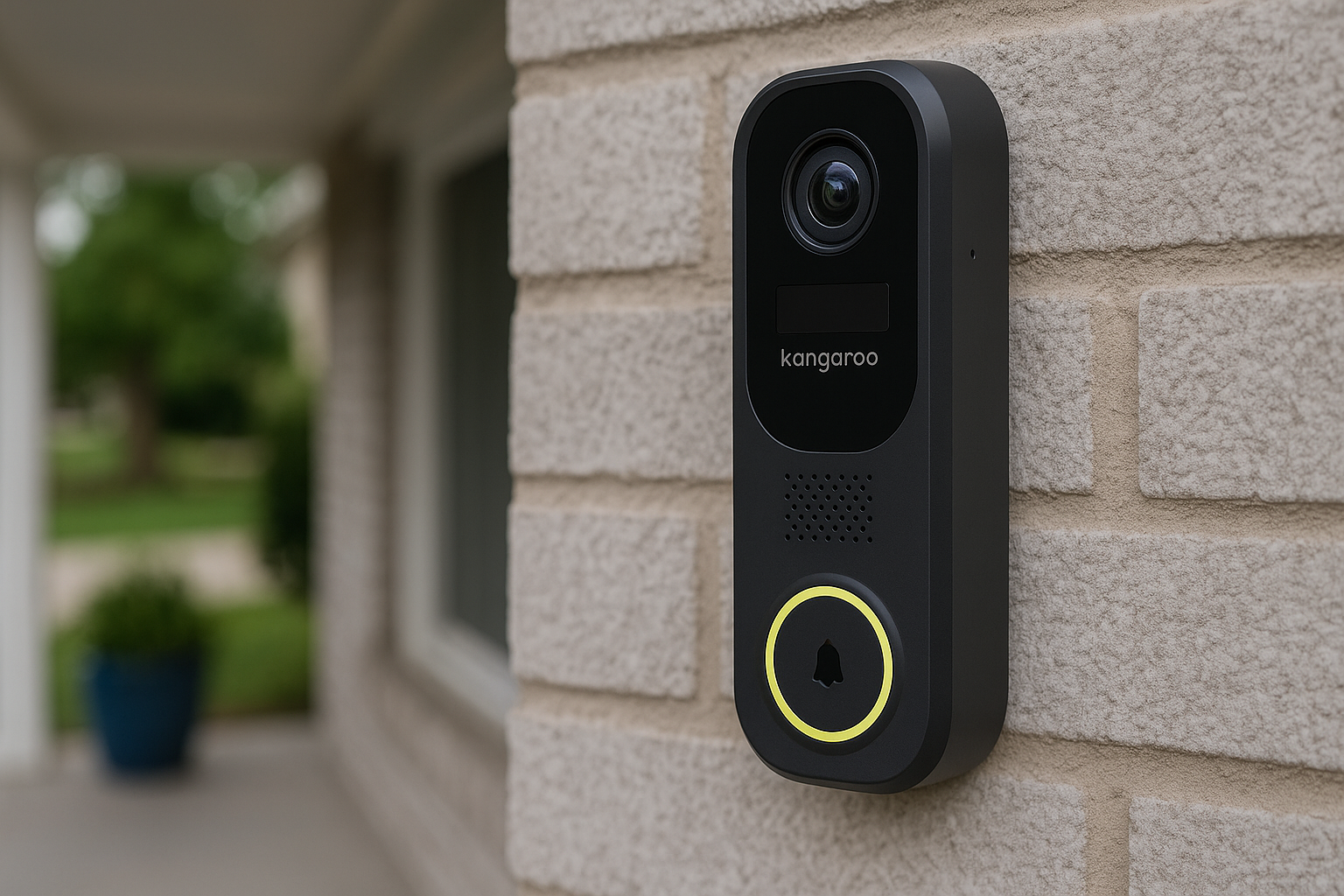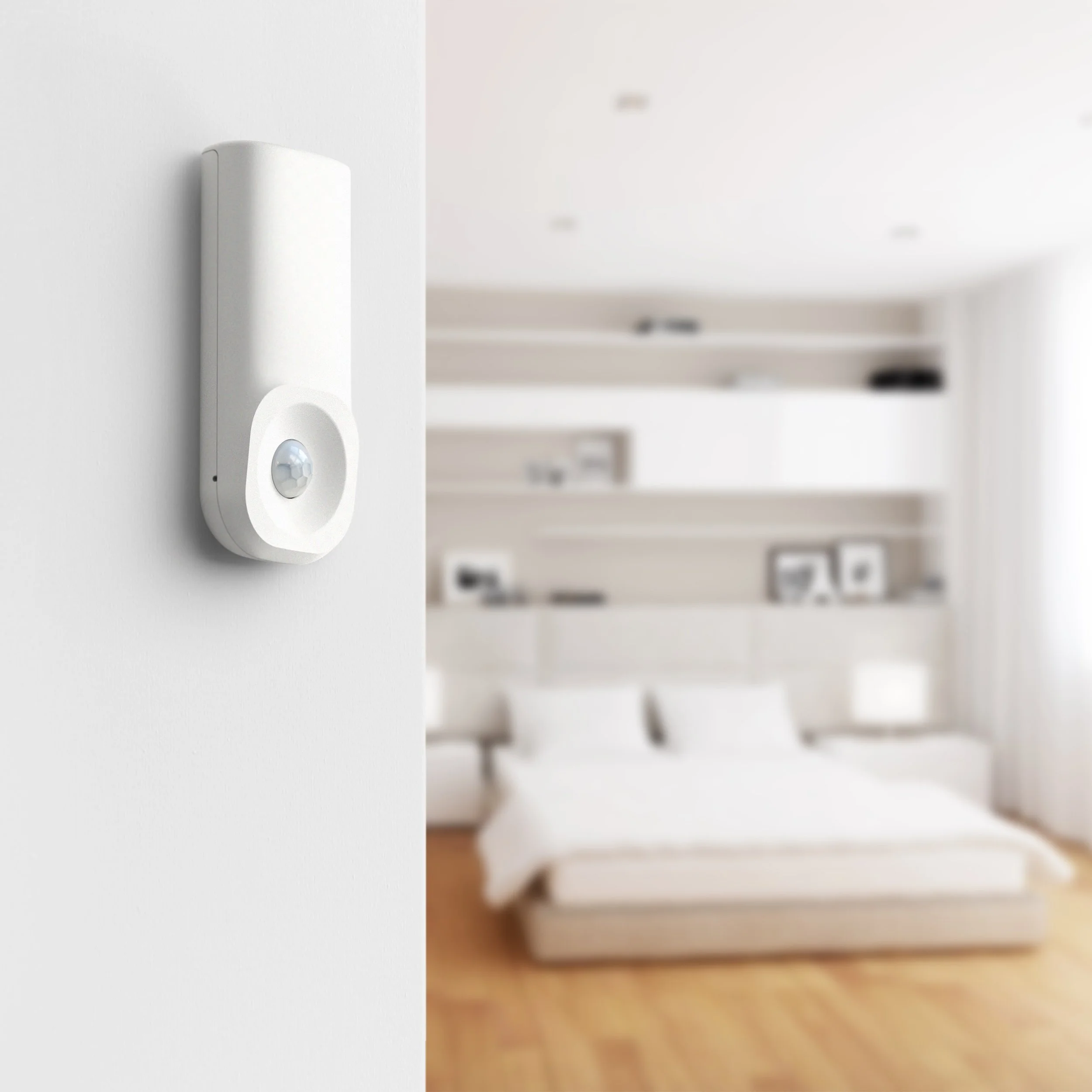Mapping Your Safety: Crime Mapping in Los Angeles
Los Angeles is a sprawling, vibrant metropolis, a city of dreams and diverse cultures. But whether you're planning a visit, considering a move, or are a long-time resident, understanding the city's safety landscape is crucial. You likely searched for an "LA crime map" to get a clear picture of the city's neighborhoods.
You've come to the right place.
This guide doesn't just tell you how to find a crime map—it interprets the data for you. We'll break down the areas with higher reported crime rates, highlight some of the safest neighborhoods, and then show you how to use powerful, real-time tools for yourself.
Los Angeles Crime Landscape: A Quick Guide
Based on analysis of public data from the LAPD and other sources, Los Angeles neighborhoods show distinct patterns in reported crime. It's important to remember that crime can happen anywhere, but statistics can help you stay aware.
Disclaimer: This analysis is based on publicly available data and is for informational purposes. "High" and "low" are relative terms based on city-wide averages.
Areas Often Associated with Higher Reported Crime Rates:
These neighborhoods, particularly around major transit corridors and commercial zones, tend to have higher concentrations of property and violent crime reports.
Skid Row (Downtown): Known for its large homeless population and associated crime and social issues.
South Los Angeles (formerly South Central): While containing many strong communities, some areas here historically face higher rates of violent crime.
Hollywood: As a major tourist hub, it experiences a high volume of property crimes, such as theft and burglary.
Venice Beach: The boardwalk area sees a significant number of property crimes and public disturbances, especially during peak tourist seasons.
Areas Often Associated with Lower Reported Crime Rates:
These neighborhoods are generally more residential, affluent, or have strong community watch programs, contributing to lower crime statistics.
Beverly Hills: Known for its robust private and public security presence.
Pacific Palisades: An affluent coastal community with historically low crime rates.
Sherman Oaks & Studio City (The Valley): These suburban-like neighborhoods are popular for their safety, good schools, and community feel.
Cheviot Hills / Rancho Park: Centrally located residential areas known for being quiet and safe.
How to Use Real-Time LA Crime Maps Yourself
While our guide gives you a snapshot, the situation on the ground can change daily. For up-to-the-minute information, you can become your own safety expert using these official resources.
LAPD Crime Mapping: The Los Angeles Police Department (LAPD) partners with CrimeMapping.com. This is the most direct source. You can filter by specific crime types (e.g., burglary, assault), set date ranges, and even subscribe to email alerts for your specific address or neighborhood.
Los Angeles Times' "Mapping L.A.": The LA Times offers a comprehensive database that breaks down crime statistics by neighborhood, providing valuable context and historical trends.
Personal Safety Apps: Apps like Citizen and Noonlight provide real-time, user-reported safety alerts and often include integrated maps showing recent incidents in your immediate vicinity.
From Mapping Dangers to Creating Safety
Knowing where crime occurs is only half the battle. True peace of mind comes from taking proactive steps to secure your personal space. While you can't control what happens on the street, you have complete control over the safety of your home.
This is where smart, affordable home security makes all the difference.
Secure Your Home with Kangaroo
Creating a safe and secure home environment in Los Angeles requires a multi-layered approach that combines physical security measures, environmental awareness, and community engagement. Kangaroo offers a user-friendly and affordable solution with a range of features to fit your needs:
Capture clear video footage inside or outside your home. These cameras offer person detection to minimize false alarms and can be integrated with other Kangaroo devices for a complete security solution.
These cameras are a super buy. They work great in the stable area and I can see what is going on day or night. - Rhonda G, Amazon Verified Purchase
Upgrade to the Video Doorbell for live streaming, two-way talk, and person detection. See and speak to visitors from anywhere, and get notified when packages arrive.
Living alone, it’s always better to know who’s at the door before you open it. I spoke with the friend who referred me to Kangaroo. This kangaroo was worth every penny. It does exactly what the box says it will do and send messages to my phone if someone shows up and I’m not home. - Kim, Amazon Verified Review
For ultimate security, Kangaroo Protect Plans offer professional support and financial reimbursement.
Complete Protect ($8.25/month): Get 24/7 Professional Monitoring for your entire home. If a sensor is triggered, our team contacts you and can dispatch emergency services. This plan also includes up to $1,000 in theft and damage reimbursement and can help you get a homeowners insurance discount of up to 20%.
Frequently Asked Questions (FAQ)
Q: Is Downtown Los Angeles (DTLA) safe at night? A: DTLA's safety varies greatly by block. Areas like the Financial District and near L.A. Live are generally well-lit and populated. However, areas like Skid Row should be avoided, especially on foot at night. It's always best to stay in groups and use ride-sharing services for late-night travel.
Q: What are the safest neighborhoods in Los Angeles for families? A: Neighborhoods like South Pasadena, Sherman Oaks, Studio City, and the communities on the Palos Verdes Peninsula are consistently ranked among the safest and most family-friendly due to their low crime rates and excellent public schools.
Q: How accurate are LAPD crime maps? A: LAPD crime maps are based on official police reports, making them a very accurate source for reported crime. However, they don't capture crimes that go unreported. They are an excellent tool for understanding trends but represent a floor, not a ceiling, for criminal activity.
By staying informed with crime maps and taking proactive steps with reliable security, you can confidently and safely enjoy all that Los Angeles has to offer.







![[QUIZ] What's Your Home's True Security Vulnerability Score?](https://images.squarespace-cdn.com/content/v1/6047adb1f3383c71b64f494b/7b99bd74-f07d-42ae-a096-72ee222bde79/IMG_4306.jpg)
















Think more cameras mean more safety? Discover 3 ways an over-secured home can attract burglars and learn why smart, discreet security is the better choice.